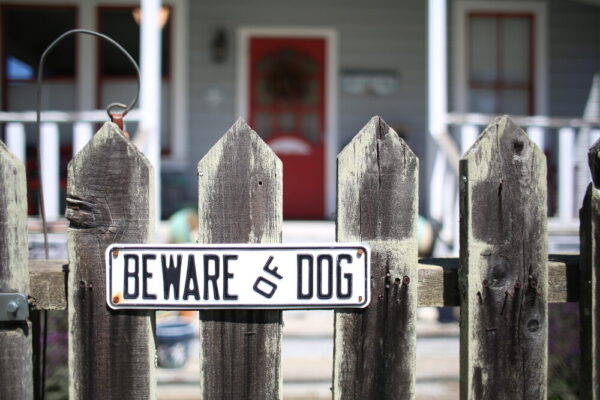No serious person debates the legitimacy of the Virginia Graeme Baker Pool and Spa Safety Act and related state-level legislation. Drain entrapment is a terrible problem in pools that do not have layers of protection, and the laws require public pool owners and operators take simple steps to protect swimmers from that danger.
But whereas we here at Pool Safety Council strongly advocate the most cost-effective, least wasteful, least disruptive – and, crucially, most safe – options for complying with the law, there are those who insist on wasting the money of public pool owners and operators, and even the precious water of communities that don’t have much to spare.
Nowhere is this needlessly wasteful approach more pervasive than Los Angeles County. Pool Safety Council has learned that at least one County official is strongly recommending all single drain public pool owners and operators retrofit their pools with split drains, a process that is so wasteful as to be obscene. For starters, the process can cost ten times more than the cheapest alternative. While technically bringing pools into compliance, both the federal and California state laws in place requiring layers of protection make it overwhelmingly clear there it is not required to go through all that trouble. Both laws list Safety Vacuum Release Systems as the number one choice for compliance, and rightly so – an SVRS, as we call it, is inexpensive and easy to install.
But the issue is hardly a simple matter of affordability. Installing split drains on a pool requires that pool be drained of water. Areas such as Los Angeles County, where drought and wild fires are a constant worry, can ill-afford such a wasteful measure. If all of LA County’s public pools were to actually follow that course of action, one billion – that’s with a ‘b’ – gallons of water could be flushed away. It is an environmental and public health disaster for the region.
If dual drains actually provided adequate protection against entrapment, we could at least know that swimmers were safe. But sadly, that is hardly the case. We have a series of videos on the PSC Web site that show, clearly, that the entrapment protection supposedly provided by split drains is not nearly as effective as some claim. In fact, one video demonstrates that when one drain is blocked, the split drain system becomes very dangerous. The dynamic hold-down forces presented under this scenario are a disaster waiting to happen.
And that’s hardly the only thing that can go wrong with split drains. Over time plaster, leaves or other debris can clog one of the two drains. When one drain is clogged in this manner, the split drain system, in effect, becomes a single main drain system without any layers of protection beyond the approved safety drain covers required of all public pools and spas.
An SVRS or other anti-entrapment device would provide a crucial layer of protection against such a tragic scenario, but therein lies the most infuriating aspect of LA County’s behavior – pools with split drains are exempt from the SVRS requirement, despite the clear dangers and need for layers of protection split drain systems present.
Why would LA County officials go against the obvious and clear intention of state and federal laws to drain taxpayers’ money and the area’s water supply? We have yet to hear an acceptable explanation.










Comments for this article are closed.